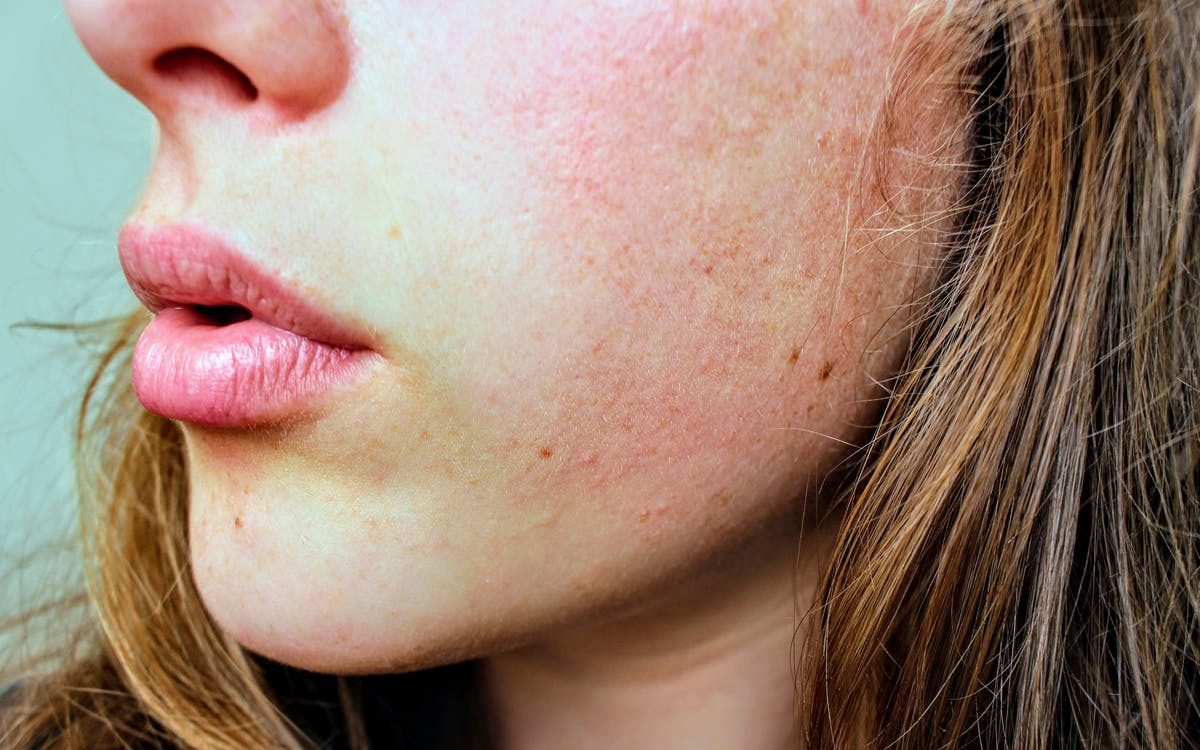The importance of dermoscopy

The importance of dermoscopy
“What’s this thing on my skin doc”? This is a question I often get asked by patients and with summer officially here (apparently, although the weather would suggest otherwise) it’s timely to discuss skin lesions. In particular I want to highlight the importance of dermoscopy.
With patients describing skin lesions as red/brown/age/beauty spots/pigmentation, spider veins, broken capillaries, flaky skin, lumps, bumps, moles or freckles, a definition of ‘skin things’ would be helpful. A skin lesion is ‘a part of the skin that has an abnormal growth or appearance compared to the skin around it’. Because that skin ‘thing’ or lesion’ can be the result of multiple skin conditions including skin cancer, pre-skin cancer, lentigo, actinic keratosis, seborrheic keratosis, telangiectasia, eczema, milia, etc., accurate diagnosis is essential.
Currently doctors are ‘allowed’ to make a diagnosis of ‘skin things’ using naked eye examination only or at best using the addition of a magnifying lens and light. However, when we look at skin lesions in this way, most of the light is scattered due to the reflective property of the stratum corneum (outer layer of the skin). This results in a reduction in the ability to visualise details of the lesion and therefore makes diagnosis more difficult. Dermoscopy (aka dermatoscopy) helps to overcome this problem by allowing more light to pass through the stratum corneum, assisting us in visualising pigment and vascular patterns among other things. The image below illustrates the power of dermoscopy to increase the visual detail of skin lesions (and therefore increasing diagnostic accuracy).

The fantastic NZ based Dermnetnz website founded by Dr Amanda Oakley CNZM has a list of the many available options for dermoscopy training here.
Added advantages of dermoscopy are that is a non-invasive and cost-effective diagnostic tool. Studies have also shown that it is a reliable and sensitive method for detecting early-stage skin cancer. Because of this it has a further advantage of reducing the number of unnecessary biopsies and excisions. With melanoma the third most common form of cancer in NZ it would seem obvious that dermoscopy should be a mandatory part of medical school training and yet it is not. So, please call on our medical schools to include dermoscopy training as a mandatory part of their medical curriculum.
http://healthcentral.nz/opinion-dr-tracy-chandler-the-importance-of-dermoscopy/
